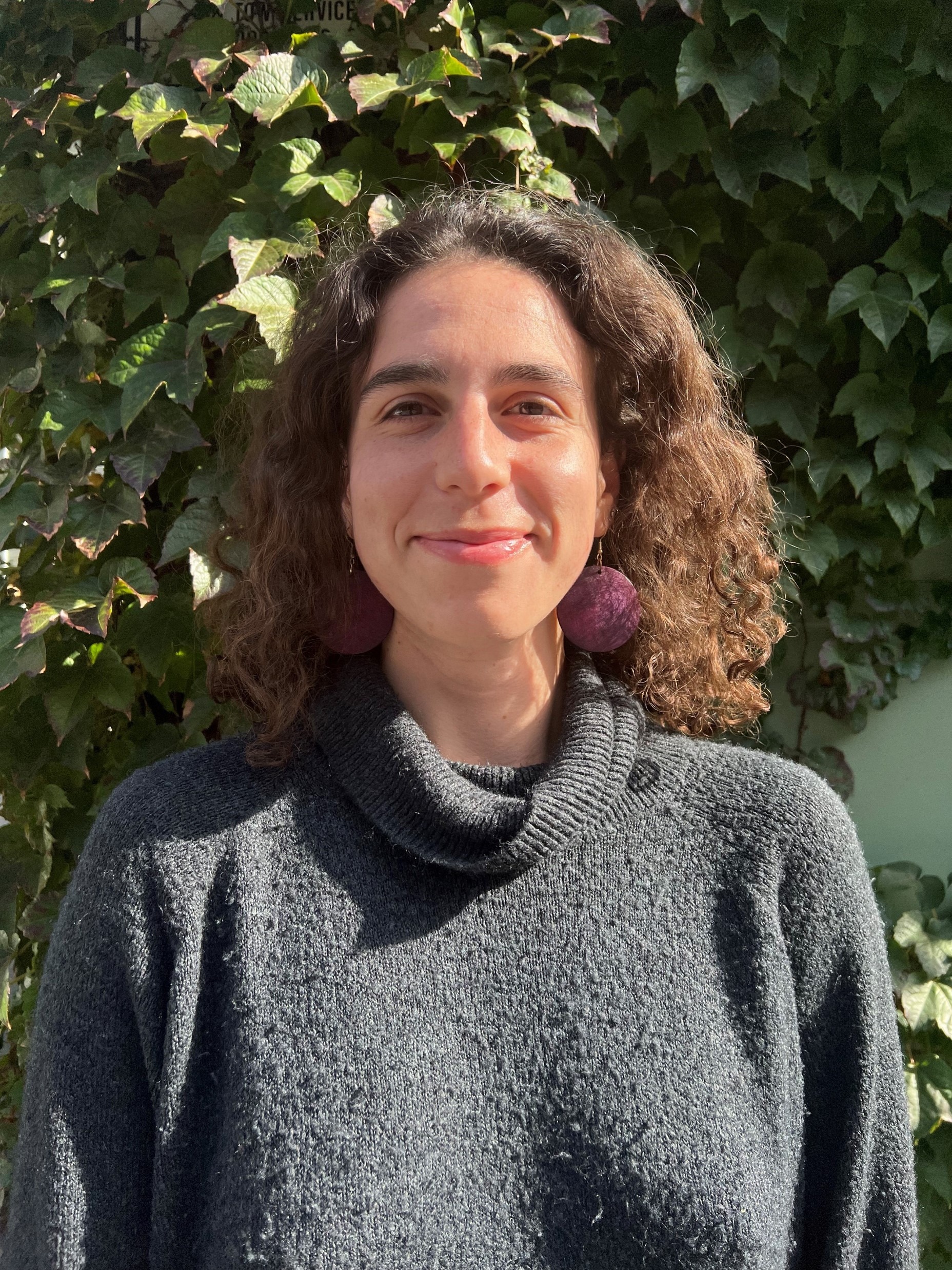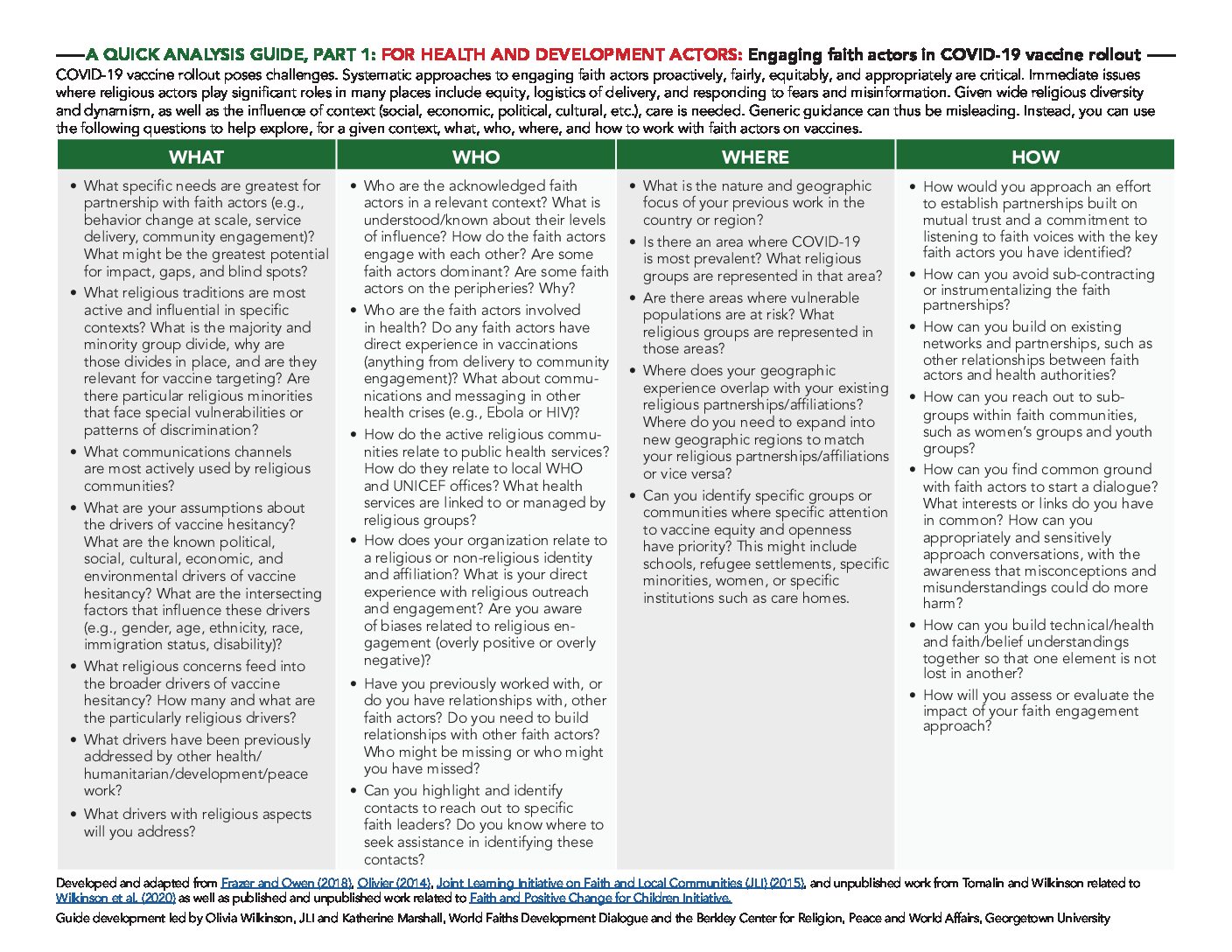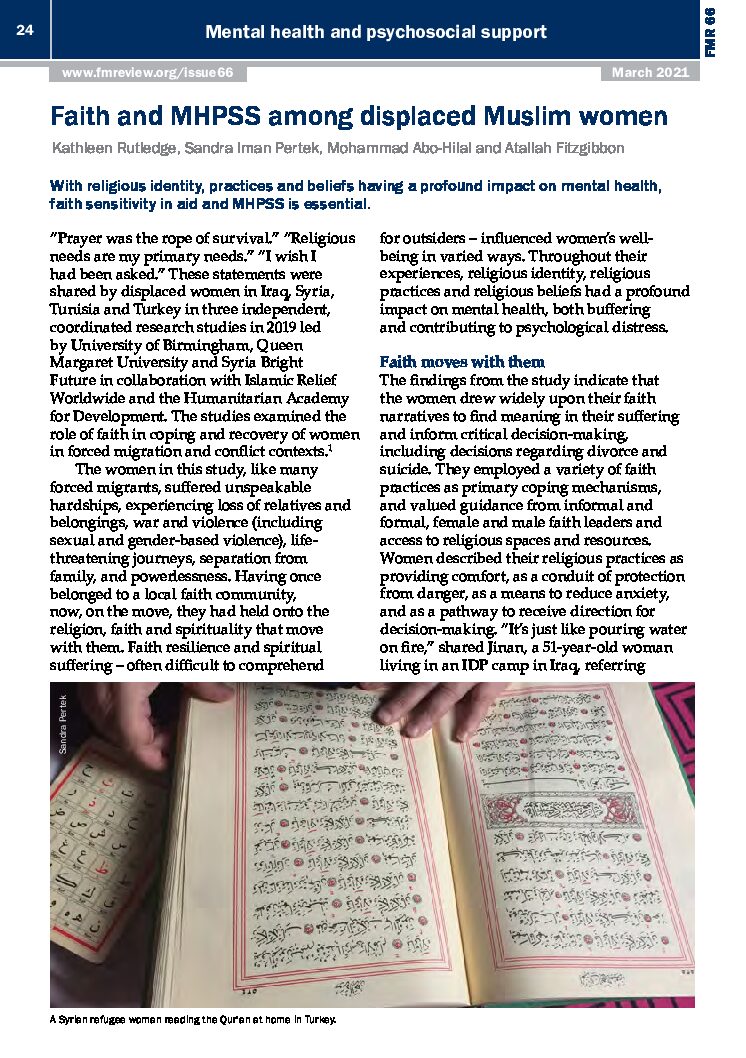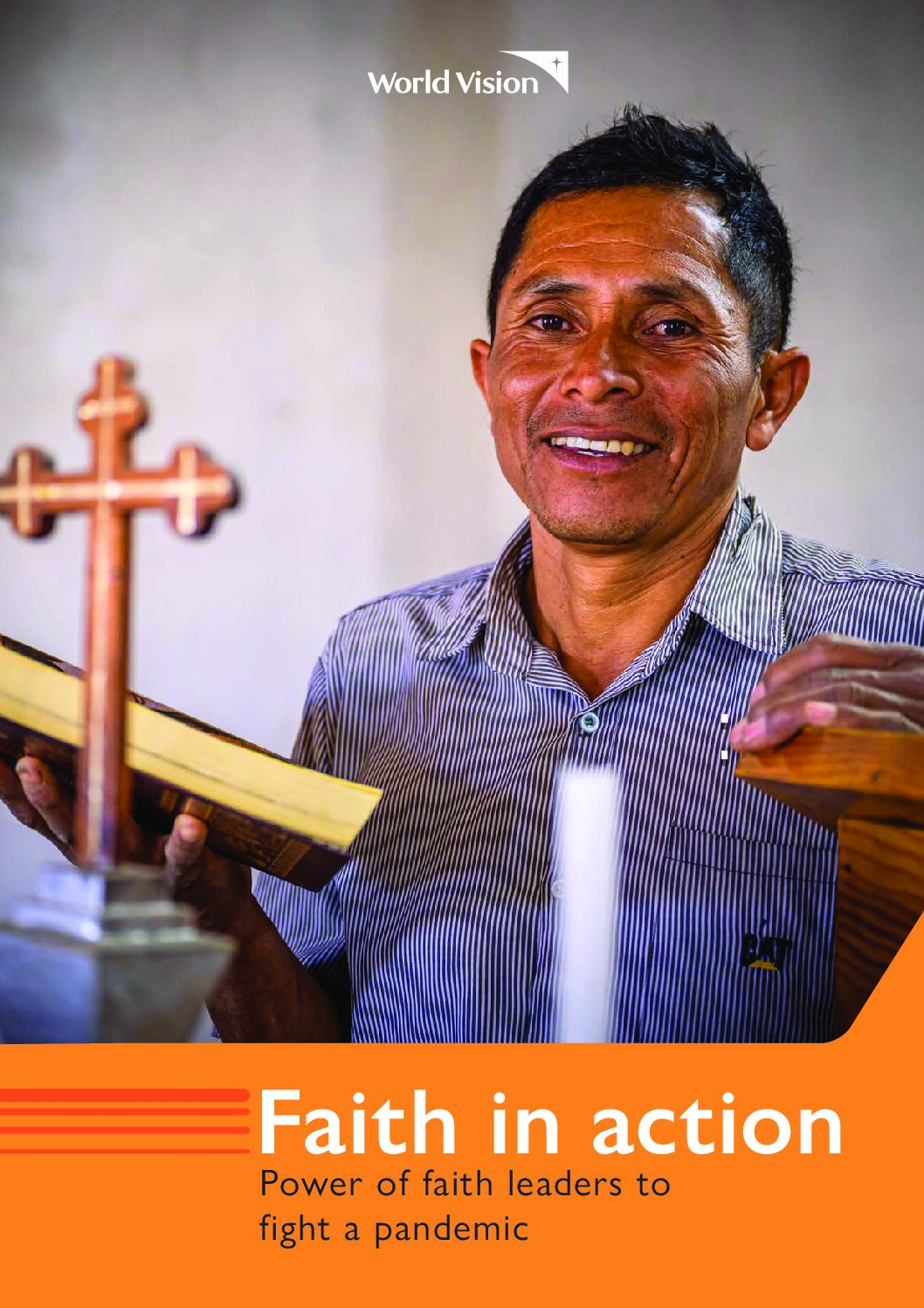What is “Doing Good”?: Foguangshan and the History of Humanitarian Buddhism
Naomi Fastovky
Harvard Divinity School ’23

This blog post is the second piece in a five-part series on Taiwanese Humanistic Buddhism, written by Naomi Fastovsky as part of her Religion and Public Life Capstone Project at Harvard Divinity School, co-supervised by JLI. Read the first blog here.
Summary: This blog post explores the Humanitarian Buddhist organization Foguangshan, diving into the history of Humanitarian Buddhism through important figures like Tai Xu and ending by questioning what it means to “do good” in the wake of imperialism.
2023’s Lantern Festival, normally a happy occasion, was mired by the unfortunate passing of one of the most important figures in modern Buddhism: Hsing Yun (Xingyun星雲), founder of the Taiwanese Buddhist organization, Foguangshan. Hsing Yun’s legacy is hard to overstate. Born in Jiangsu, China in 1927, he grew up in a monastery and was ordained as a Buddhist monk in 1941. Leaving for Taiwan in 1949 after the establishment of the People’s Republic of China (PRC) he founded Foguangshan in 1967, building what would become one of the largest Buddhist organizations in the world with over 200 temples across the globe.
Hsing Yun is a prominent proponent of Humanistic Buddhism, a concept originating from the early twentieth century Chinese Buddhist monk, Tai Xu 太虛 (1890-1947). During Tai Xu’s time, China faced the devastation of European and American imperialism, the fall of the dynastic system, and the rise of debates about the future of China as a newly forming nation-state. Tai Xu developed the burgeoning concept of Humanistic Buddhism in response to contemporaneous critiques of Buddhism as backward and parasitic, concerned only with personal enlightenment and the health of the monastic community rather than society as a whole. In truth, these claims say more about the insecurities of the claimers than anything substantive about Buddhist practices themselves, which are internally diverse and have interacted with society in a plethora of ways since time immemorable. Regardless, Tai Xu, at times modelling Christianity directly, was motivated to develop reforms for the monastic community that encouraged the increased participation of the laity and an orientation towards society, at that time newly marked into nation-state boundaries, as the best space for Buddhist practice. His work inspired such prominent modern Buddhist leaders as Thich Nacht Hahn (1926-2022).
Hsing Yun has applied Tai Xu’s ideas by making Foguangshan one of the cultural staples of Taiwanese society, accessible to the laity first, through its physical centers of tourism, learning, and retreats, and second through its intangible digital and paper knowledge production and circulation. In 1992, Hsing Yun established the Buddha’s Light International Association (BLIA) headquartered in California, USA as an international charity organization headed by Foguangshan monastics but designed to empower lay practitioners in spreading the Dharma. Today, BLIA works in five sectors—education, gender equality, sustainability, disaster relief, and public health—and is a part of the UN Economic and Social Council (ECOSOC).
In Foguangshan’s activity we see the intersection between Humanistic Buddhism and humanitarian work, which is often associated with activism in progressive issues such as nonviolence, climate change, gender, and environmentalism. In fact, scholars make the argument that the continuity between Humanistic Buddhisms across time and traditions is not the content of the social issues they support but their rise as a response and a challenge to secular modernity’s orientalist notions of what religion’s, and therefore Buddhism’s, relationship to society is and should be. That it engages in humanitarian work does not arise from some neutral or impartial idea of what “doing good” looks like but is, as we saw, deeply connected to a history of a Chinese Buddhist response to Western imperialism. This does not take away from Foguangshan’s humanitarian successes, which are many and rich, but should give the sector a pause—is the conviction of the “doing good” blinding us to the imperial legacies upon which those very convictions lie?
Further Reading
“BLIA World (Guoji foguanghui shijie zonghui 國際佛光會世界總會),” 2016. http://www.blia.org/.
BLIANGO. “BLIA World,” 2023. http://www.bliango.org/.
Hsu, Alexander O. “Coming to Terms with ‘Engaged Buddhism’: Periodizing, Provincializing, and Politicizing the Concept.” Journal of Global Buddhism 23, no. 1 (2022): 17–31.
Madsen, Richard. Democracy’s Dharma: Religious Renaissance and Political Development in Taiwan. Berkeley: University of California Press, 2007.
Main, Jessica L., and Rongdao Lai. “Introduction: Reformulating ‘Socially Engaged Buddhism’ as an Analytical Category.” The Eastern Buddhist 44, no. 2 (2013): 1–34.
Reinke, Jens. Mapping Modern Mahayana: Chinese Buddhism and Migration in the Age of Global Modernity. Mapping Modern Mahayana. De Gruyter Oldenbourg, 2021.




0 Comments